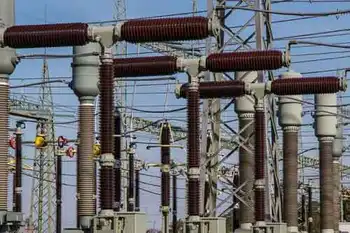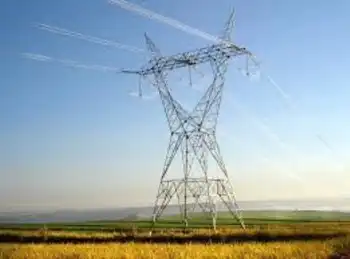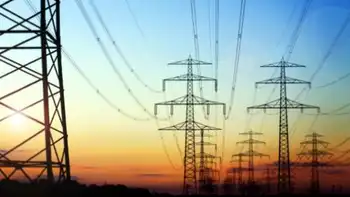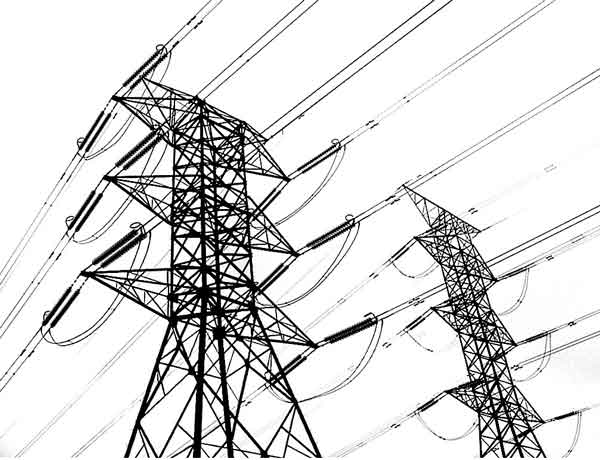Taking solar storage to an industrial level
By Montreal Gazette
Electrical Testing & Commissioning of Power Systems
Our customized live online or in‑person group training can be delivered to your staff at your location.

- Live Online
- 12 hours Instructor-led
- Group Training Available
But for people living in sustainable energy homes and relying on solar energy or wind power, it could be the beginning of a tense night. For them, falling back on the power grid to heat and light their homes could cost them money they didn't plan to spend.
Energy storage in most people's lives is simple. We hardly give a second thought to the batteries in flashlights, smartphones, laptops and hybrid cars.
The goal of total home energy sustainability, however — running your entire home on a battery for hours or days at a time — remains a dream. It's neither cheap nor subsidized, as solar energy-equipped homes often are. The eco-home industry has won a niche in the marketplace using smart design, sophisticated power use and backup fuel cells, but it still relies on the traditional power grid for some of its power.
But countless dreamers are working to transform the dream of total sustainability into reality. In Japan, for instance, at Sanyo's Kasai Green Energy Park, the company has showcased cutting-edge technology storing and managing solar energy on a grand scale.
Sanyo, now a member of the Panasonic Group, has connected 310,000 cylindrical lithium-ion batteries, each twice the size of an AA battery, to run as one huge battery. It has a 1.5 megawatt storage capacity, equivalent to the energy consumption of 150 homes for a day.
Sanyo's energy management system controls how much live solar panel or stored power the plant's administration office uses. This includes combining these power sources against the available outside power grid, offsetting the costs of using paid-for electricity during peak hours. “It's like getting the best out of your rechargeable batteries on a laptop, only on a much larger scale,” says Hiroshi Hanafusa, deputy general manager for Sanyo's smart energy systems division.
The storage system is charged by one megawatt one thousand watts of Sanyo HIT photovoltaic solar panels, which cover the sides and roofs of the entire plant. There are also 24/7 charging stations for Sanyo electric bikes and cellphones as well as a hybrid car charge station. The plant's Panasonic-developed LED lights also draw from the park. Sanyo says the park will reduce CO2 emissions by 2,480 tonnes per year and plans to incorporate the storage system as backup for the entire plant.
But what does a setup like this cost and who can afford it? Sanyo won't say what its Kasai battery storage component cost but hinted that a typical house energy storage installation would be double the cost of a solar panel home installation.
Even large Canadian solar panel installations such as those on the three IKEA Ontario stores in North York, Etobicoke and Vaughan would find it cost-prohibitive to install large-scale energy storage. Totaling 960,000 kilowatt hours generated per year, the three IKEA installations can actually profit by selling back their generated energy to the Ontario feed-in tariff rate of 71.3 cents per kilowatt. IKEA's $4.6-million solar power investment could be paid back in less than seven years.
“The benefit for a retail location like IKEA to invest in a system similar to the Kasai production plant could work if Ontario adapted ‘peak-tie’ options like Japan,” said David Thurgood, general manager of Sanyo Canada's Smart Energy Solutions Group. Sanyo officials added that IKEA could also benefit from selling its stored power anytime to future customers, such as hybrid car charging stations.
Sanyo envisions its current energy storage technology used commercially home use could be a decade away. But the technology is not without its own environmental concerns — the safe disposal of millions of end-of-life batteries would not be a simple task. It's estimated it would take more than 600 million of Sanyo's Kasai “big battery” to store the collected energy of the sun's rays that reach the earth's atmosphere.











